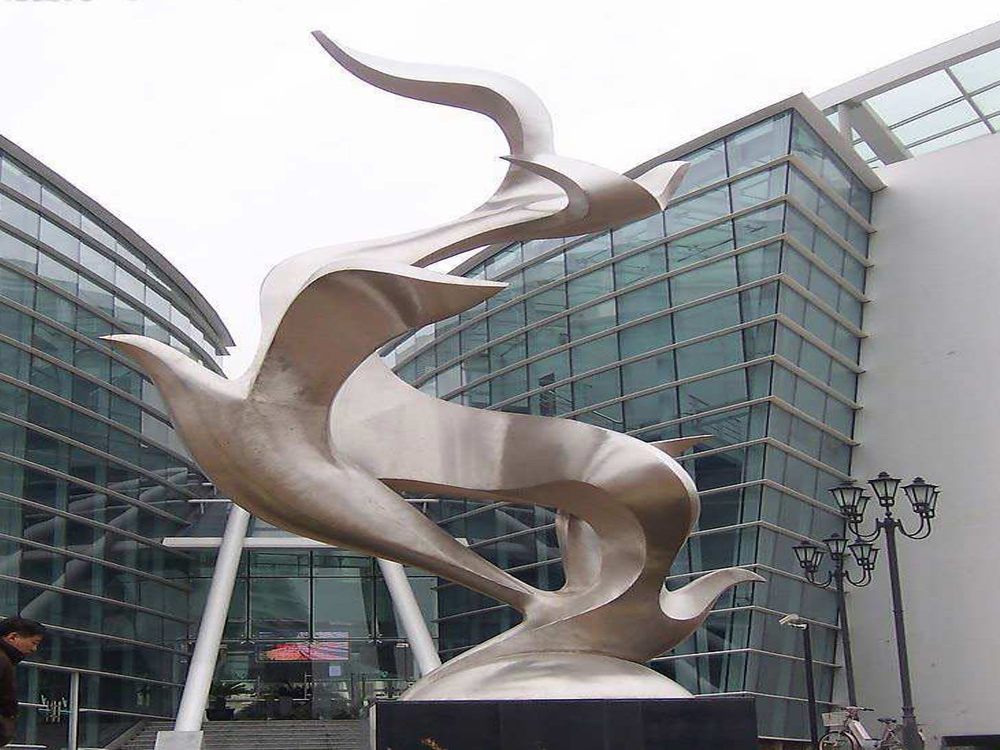
Stone sculptures have been a cornerstone of artistic expression for centuries, with relief and freestanding sculptures representing two distinct forms. Understanding their differences enhances appreciation for their unique artistic and technical qualities.
Relief Sculptures are carved into a flat surface, with designs projecting outward but remaining attached to the background. They can be further categorized into high relief (deep carving with significant projection) and low relief (shallow carving with minimal projection). Common in architectural decorations, coins, and wall art, relief sculptures emphasize storytelling and intricate detailing within a confined space.
Freestanding Sculptures, also known as "in-the-round" sculptures, are fully three-dimensional and can be viewed from all angles. These works are independent of any background, allowing for greater depth and realism. Freestanding sculptures are often used for statues, monuments, and standalone art pieces, showcasing the artist’s ability to manipulate form in a complete spatial context.
Key differences include dimensionality—relief sculptures are semi-3D, while freestanding works are fully 3D—and viewing perspective. Relief carvings rely on light and shadow for depth, whereas freestanding sculptures demand attention to proportion and balance from every angle.
Both forms require mastery of stone carving techniques but serve different artistic purposes. Relief sculptures excel in narrative and decorative roles, while freestanding sculptures dominate as standalone artistic statements. Whether adorning a temple wall or standing in a plaza, each type offers a unique glimpse into the sculptor’s vision.

